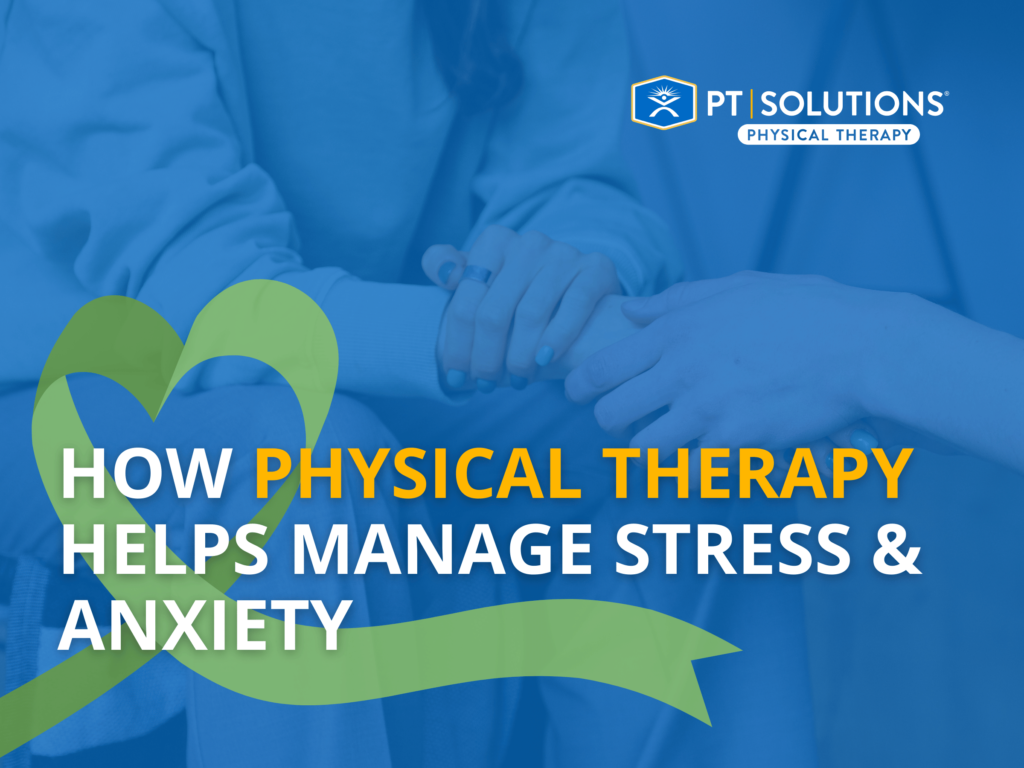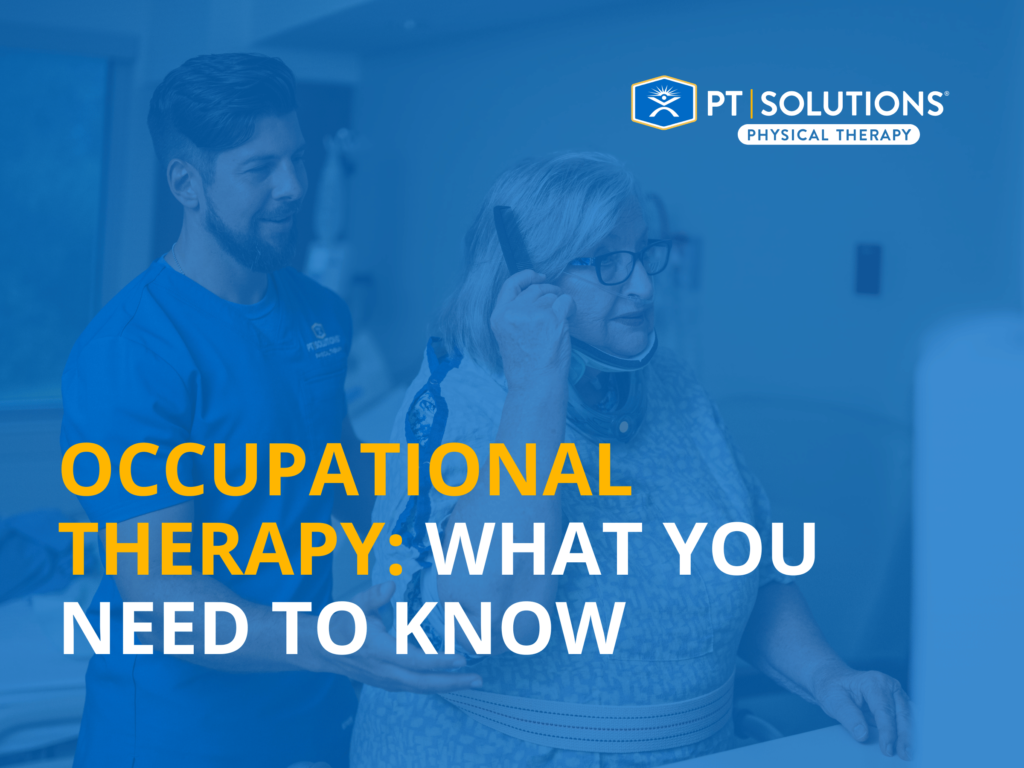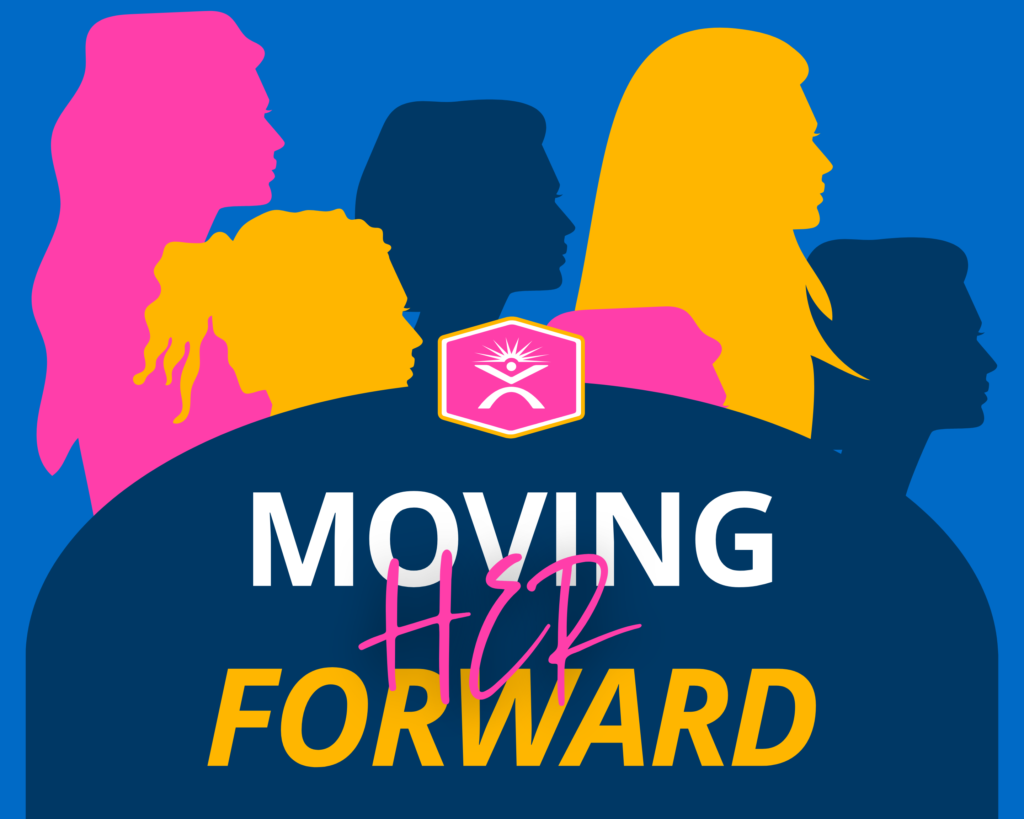PT Solutions
How to become a Credible Hulk: Making sense of all the health information available
July 23, 2020
Read Time: 3-4 minutes
“Intelligence is not only the ability to reason; it is also the ability to find relevant material in memory and to deploy attention when needed.” – Thinking, Fast and Slow by Daniel Kahneman
The amount of information available today is both exciting and terrifying. At any given moment, with a couple swipes and clicks you can access a wealth of information on nearly any topic imaginable. This has created an interesting relationship between patients and healthcare providers.

Navigating the sea of information
Access to information is a wonderful thing, unfortunately it has its drawbacks. A primary concern is the credibility of the information. Much of the information is incomplete or exaggerated. Unfortunately, some of it prays on people’s fears or misunderstandings. Even “facts” provided on a daily basis from so-called “experts” can be misleading or untrue. It can be difficult to truly know if the information you read is accurate and beneficial. Fortunately, this is not the case for all available information. To determine which is worthwhile and which can be ignored, we must channel our inner ‘Credible Hulk.’
A ‘Credible Hulk’ is someone who backs up their rage with facts and documented sources. By rage, I don’t mean we should flip tables and throw chairs while when disagreeing with someone. Granted, there are certainly moments where throwing a chair feels desirable. Instead, we should all anchor our beliefs and actions to high quality evidence. What do I mean by high quality evidence?
The Evidence Pyramid
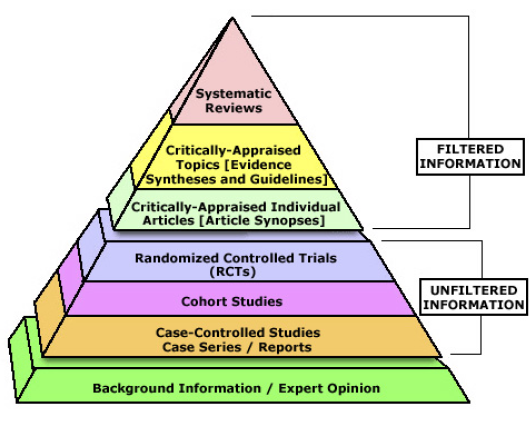
The above figure is the evidence pyramid. The peak of the pyramid represents the highest quality research. A Systematic Review starts with a research questions, such as “is physical therapy effective for chronic low back pain?” It then gathers all research individual research trials that asks that same question to provide a more robust answer. There are many types of research studies and some are better suited than others to explore certain questions. As you can see in the pyramid above, expert opinion lies at the very bottom.
Often, we put most of our trust in expert opinion, but this leads us down a dangerous path. Yes, experts, such as clinicians, often check the credible box, but they are not infallable. Many judgements and biases can lead well-meaning assessments to be incomplete and potentially wrong.
Research has the benefit of controlling variables, reducing biases (if the study is well designed), and producing objective results. If you are recommended a course of action by a medical professional, the medical professional should be respectfully challenged. Are they using the best evidence available to make that decision? Are they weighing risks and benefits the same way you would? Whose goals do they have in mind, yours or there’s? At the end of the day, the choice lies with you, the patient, and it is your well-being on the line. You must ultimately take control and ensure your best interests are at heart. However, this is easier said than done.
Goals of the Blog
The goal of this blog is to help you grow into a ‘Credible Hulk” (I promise you won’t turn green). Everything I write is referenced and somewhat simplified but without taking creative liberties and stretching (or completely ignoring) the truth. Additionally, the focus will be on long term changes and wellness. There are many strategies that can provide short term pain relief – medication, massage, heat packs[1-4] – however, to create sustained tissue and behavior changes, life-style changes – exercise, diet, sleep, understanding of pain[5-10] – are vital. Some strategies, such as surgery, often fail to address the cause and focus on the symptoms instead. This can often cause poor long-term outcomes.[11] This doesn’t mean there isn’t a time and place for the short-term band-aides, and it doesn’t mean the long-term changes are easy and universally applied, but know exactly what you are getting into.
References
- Akyuz, G. and O. Kenis, Physical therapy modalities and rehabilitation techniques in the management of neuropathic pain. Am J Phys Med Rehabil, 2014. 93(3): 253-9.
- Blanpied, P.R., et al., Neck Pain: Revision 2017. J Orthop Sports Phys Ther, 2017. 47(7): p. A1-A83.
- Chou, R., et al., Nonpharmacologic Therapies for Low Back Pain: A Systematic Review for an American College of Physicians Clinical Practice Guideline. Ann Intern Med, 2017. 166(7): 493-505.
- Chou, R., et al., Systemic Pharmacologic Therapies for Low Back Pain: A Systematic Review for an American College of Physicians Clinical Practice Guideline. Ann Intern Med, 2017. 166(7): 480-492.
- Booth, J., et al., Exercise for chronic musculoskeletal pain: A biopsychosocial approach. Musculoskeletal Care, 2017. 15(4): 413-421.
- Zimney, K., A. Louw, and E.J. Puentedura, Use of Therapeutic Neuroscience Education to address psychosocial factors associated with acute low back pain: a case report. Physiother Theory Pract, 2014. 30(3): 202-9.
- Louw, A., et al., The effect of neuroscience education on pain, disability, anxiety, and stress in chronic musculoskeletal pain. Arch Phys Med Rehabil, 2011. 92(12): 2041-56.
- Marin, R., T. Cyhan, and W. Miklos, Sleep disturbance in patients with chronic low back pain. Am J Phys Med Rehabil, 2006. 85(5): 430-5.
- Ricker, M.A. and W.C. Haas, Anti-Inflammatory Diet in Clinical Practice: A Review. Nutr Clin Pract, 2017. 32(3): p. 318-325.
- Nieman, D.C. and S.H. Mitmesser, Potential Impact of Nutrition on Immune System Recovery from Heavy Exertion: A Metabolomics Perspective. Nutrients, 2017. 9(5).
- Jonas, W.B., et al., Are Invasive Procedures Effective for Chronic Pain? A Systematic Review. Pain Med, 2018.
ABOUT THE AUTHOR
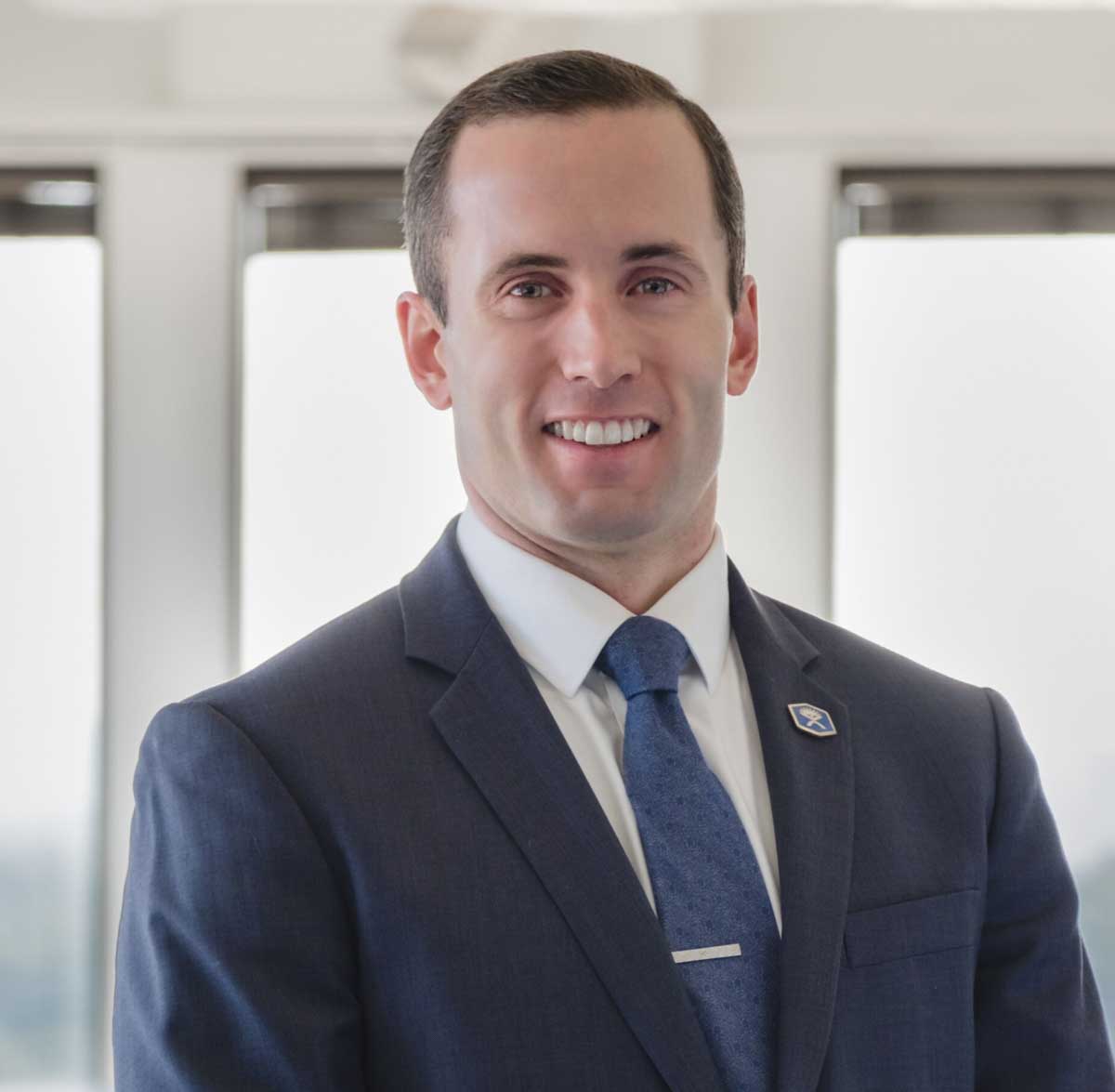
Zach has numerous research publications in peer-reviewed rehabilitation and medical journals. He has developed and taught weekend continuing education courses in the areas of plan of care development, exercise prescription, pain science, and nutrition. He has presented full education sessions at APTA NEXT conference and ACRM, PTAG, and FOTO annual conferences multiple platforms sessions and posters at CSM.
Zach is an active member of the Orthopedic and Research sections of the American Physical Therapy Association and the Physical Therapy Association of Georgia. He currently served on the APTA Science and Practice Affairs Committee and the PTAG Barney Poole Leadership Academy.

